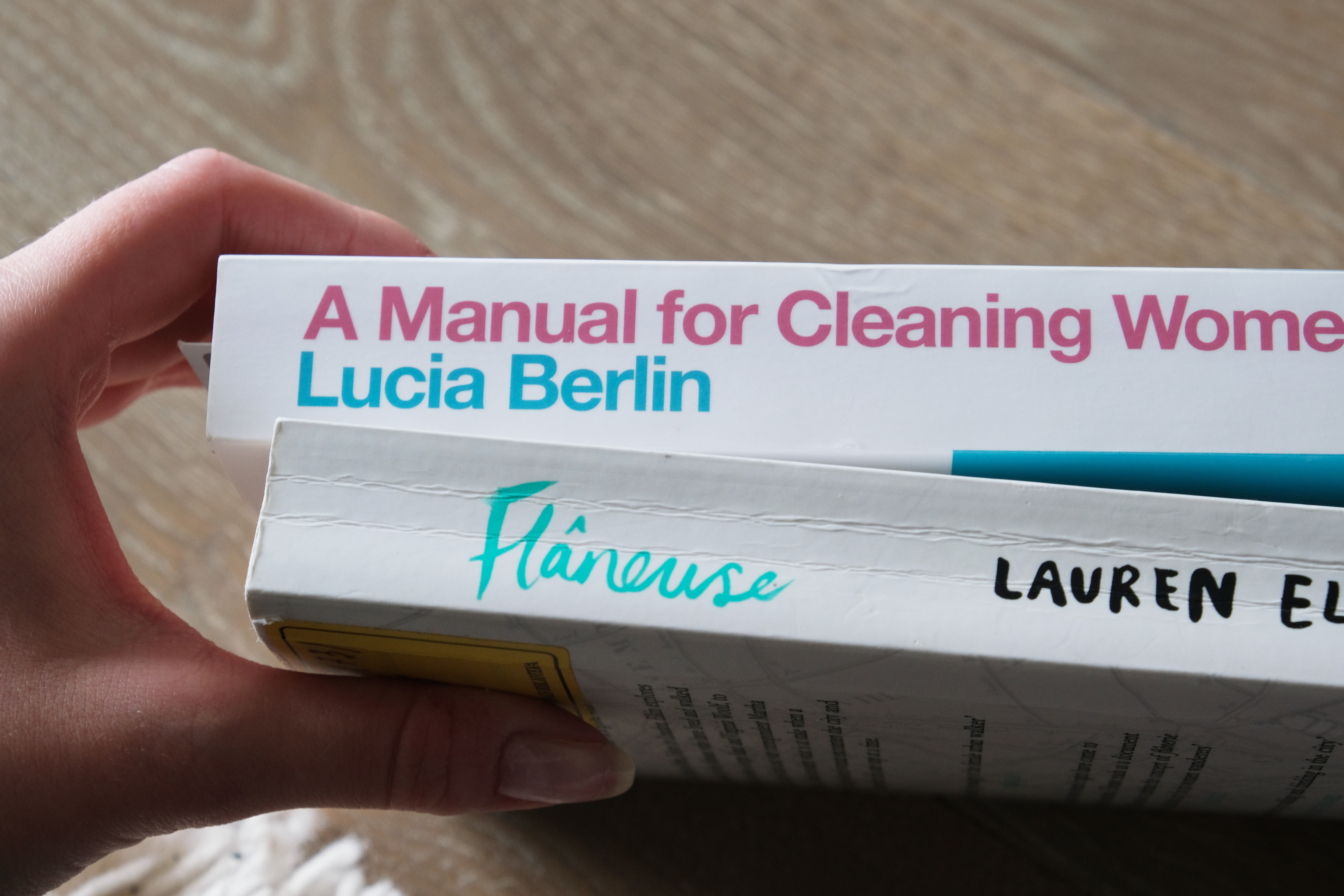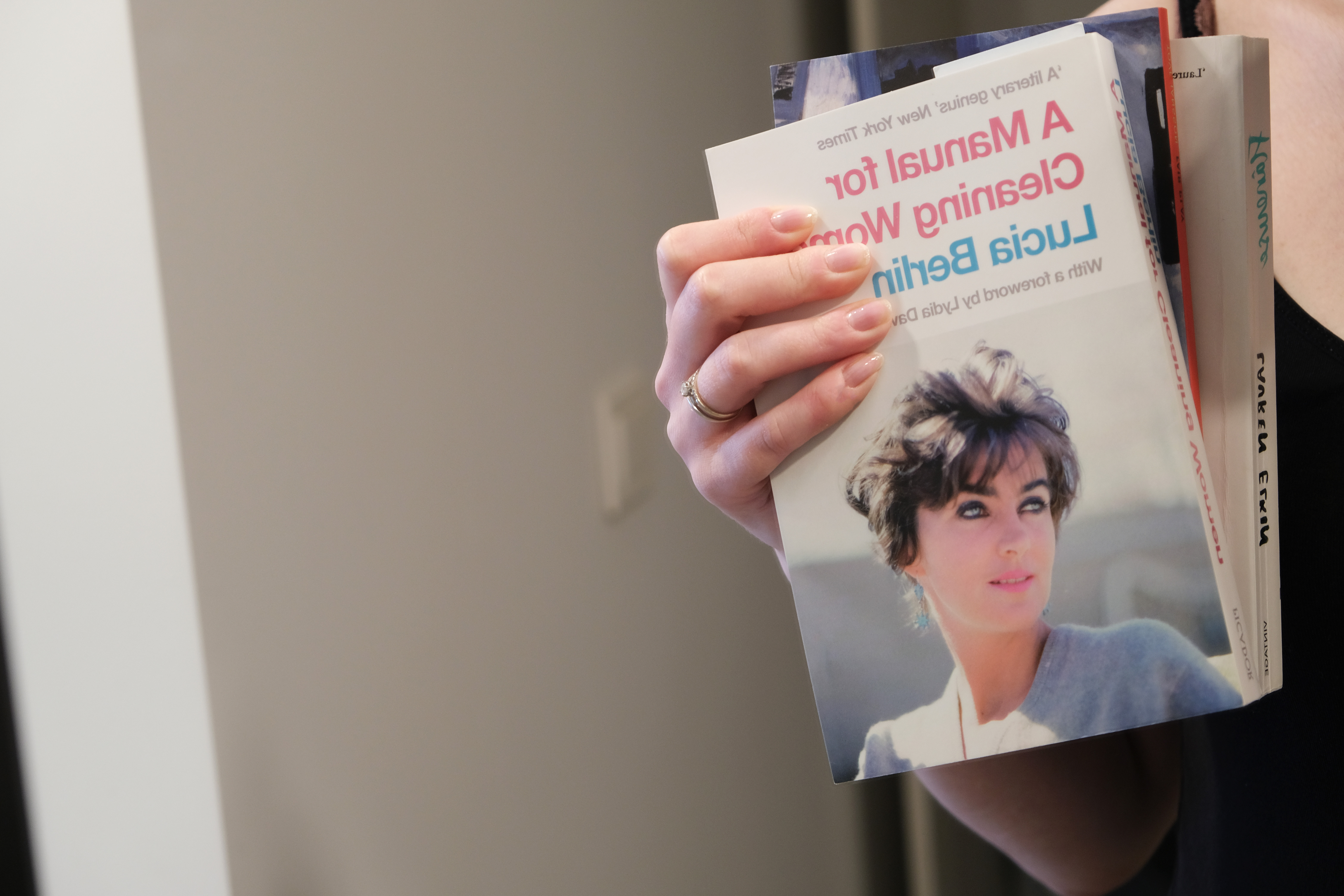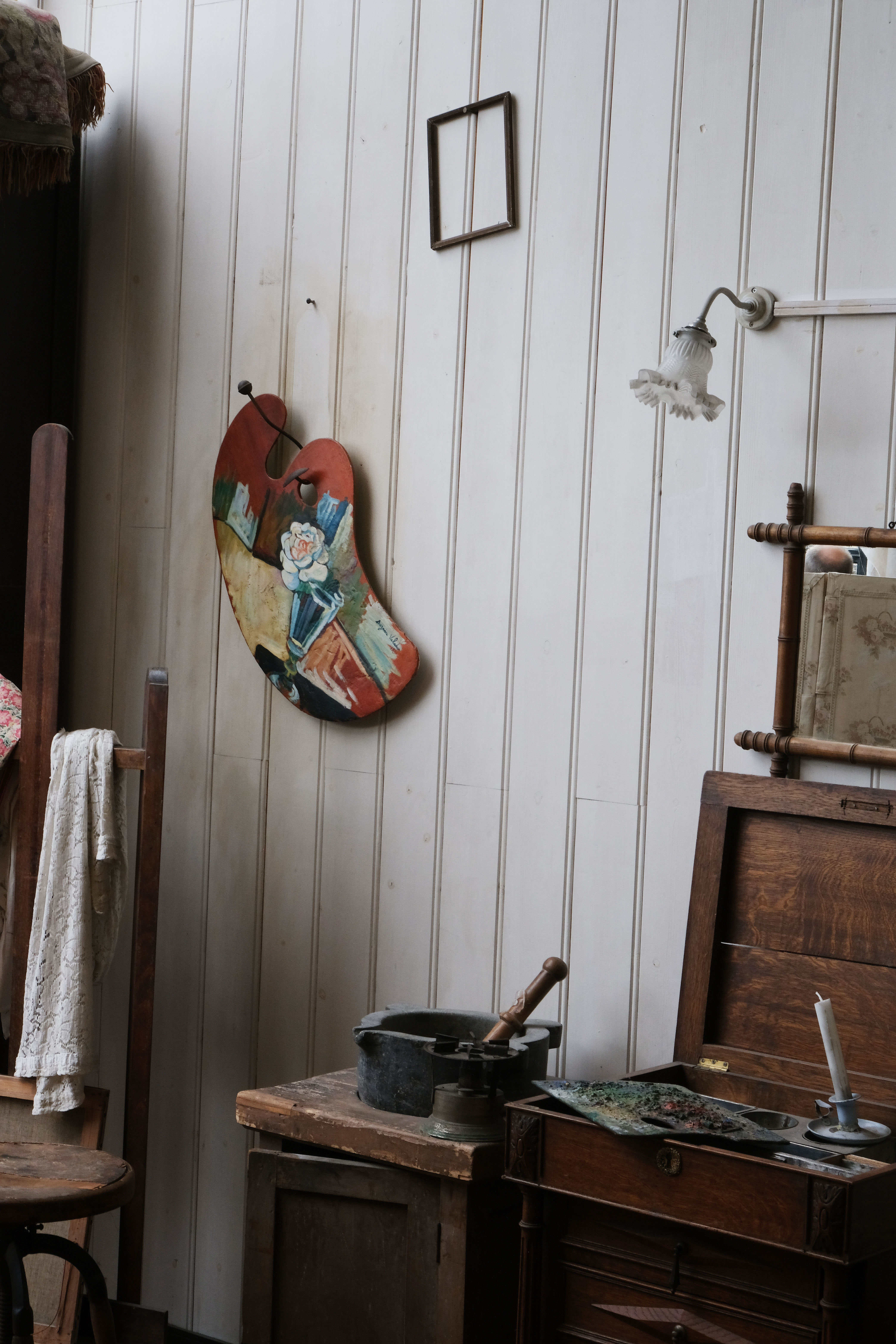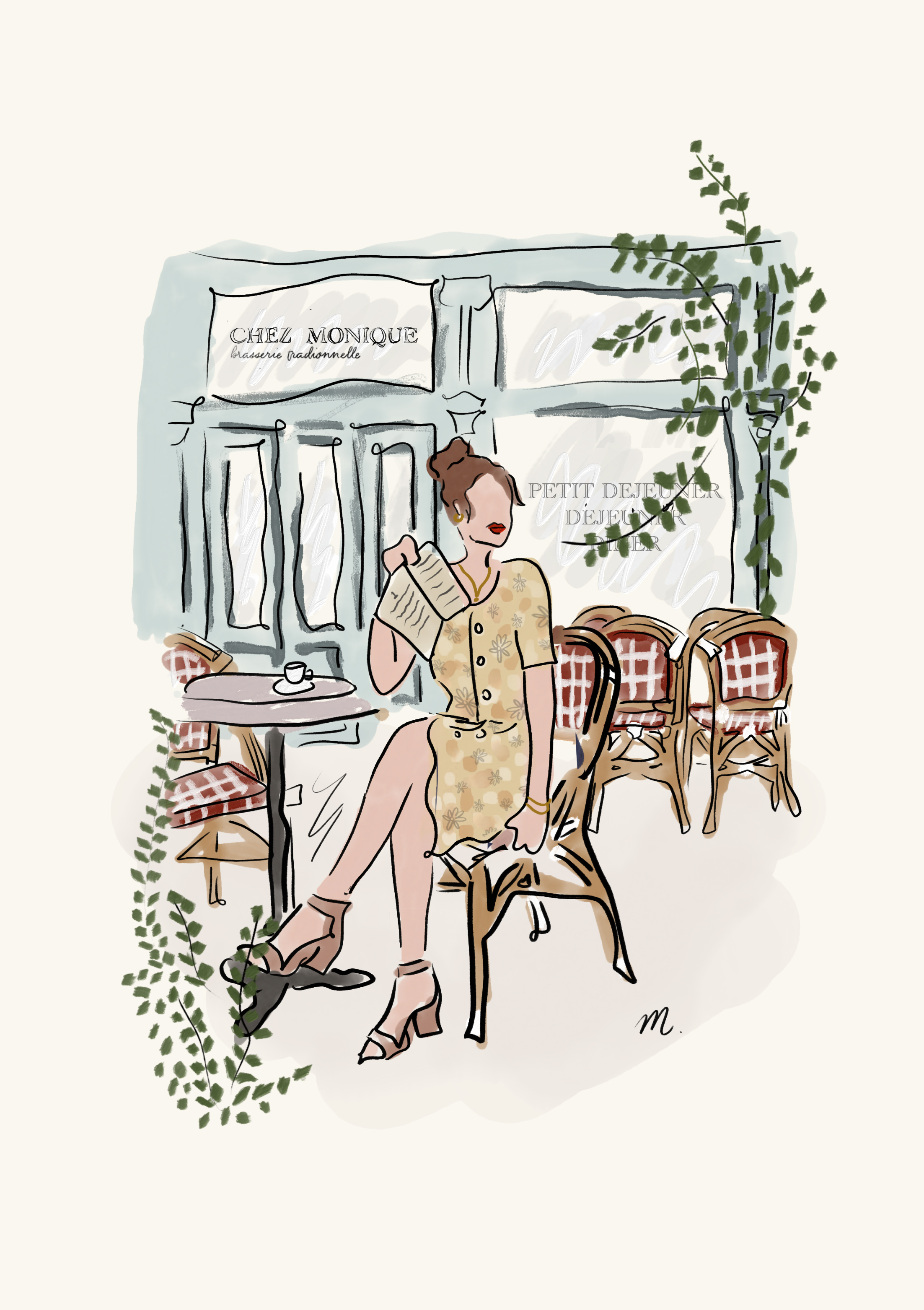may 2022
je lis trop
working wonders
I wonder how that idea got into my head – that I should exchange organizing photoshoots with my friends, lying in the grass at my parents’ home, and reading somewhere in the park near the swings, with going to the office and doing something there (preferably – writing). I knew that work was important, I knew it from young age, but I never dared to ask my parents if they liked what they did. I never dared because I thought that maybe caring whether you like your work or not was somehow silly, childish.
I was curious, stubborn, and ready to work. I didn’t know if anyone accepted articles from teenagers or allowed them in the office. But maybe someone would? A little bit of courage, a couple of sentences to present myself, and I started something. Conversations with journalists. An editor with thoughtful eyes, cat-like movements, and the kind of attentiveness that was new to me. An internship in a sleek office with doors so clear, pristine, so phantom-like, I nearly broke my nose by walking into one of them. (I envied the editor-in-chief her big white office, her dainty shoes, and her huge monitor). The first dream position. A desk with pine trees in front. Clients and colleagues, in stores or in magazines. Different environments – some of them menacing and tiring, some of them delightful and heartwarming. Unforgettable. With all of this happening, and having happened, I do not know how much this word – “work” – contains. The line between work and play, duties and dreams is blurred. And there is still the question of liking it. I don’t think it’s silly.

Pastel-colored books for the end of spring
I recently read a short review on Céline Sciamma’s Petite maman, where this movie was compared to a vanilla pudding. Soft, affecting, magical experience; something that makes you feel warm inside (no irony). I could describe ’s Fair Play in similar terms. It is a slim book; it can be read in one sitting. Much like with Petite maman (which is uncharacteristically short for movies these days), the risk is to feel disappointed by its briefness. But that is not the case – the story is calm, self-contained, giving out more details is just unnecessary. Fair Play is about a relationship between two artists who’ve lived a long life already, life full of ambitions, rejections, travel, and plain daily business. And it’s also about creative work with all its quirks. I was charmed by the first story “Changing Pictures”, how a simple task of framing pictures can bring up so much to consider and discuss for both characters. And that was four pages only! Also, what an introduction: “Jonna had the happy ability to wake up every morning as if to a new life, opening before her clean and unspent right through to evening, rarely shadowed by yesterday’s worries and mistakes.” With each new story, my thoughts followed the same pattern, sentences starting with “I wish I could…” while the stories were about simple, perfectly achievable things. I wish I could start my mornings like this, for example.

Short stories is my favorite genre for reading and writing, and I must bring up again. I’ve held A Manual for Cleaning Women in my hands many times, especially when I was working in a book store and people bought copy after copy. That orange cover with a key was on my desk for a long time. I didn’t know who Lucia was and I thought maybe this book was about some obscure hotel in Berlin. I wrote about Berlin’s Evening in Paradise back in January, a book which left a big impression on me for its tone, themes, atmosphere. A Manual for Cleaning Women only deepened my appreciation for her work. There was nothing stable about her life, a whirlwind of changes, joys and disappointments – constant moving, different husbands, four sons, personal struggles with substance abuse. Her working life was also perpetually changing, and working experiences, of course, informed her writing. A Spanish teacher, a cleaning woman, a doctor’s assistant – these are just some of the roles that she assumed, and she assumed them with no reserve, embracing both high and unimaginably low moments. I can’t help but think that writing about one’s life gives a chance to rewrite, or at least just gloss over embarrassing and sad episodes. Maybe sometimes she did that, but it seems that a story for her is a special place where she allows life to unfold with all of its colors, where honesty has a more lasting effect than embellishment. Her storytelling abilities, elegance, and humor have been widely praised and I probably do not have much more to add except for how glad I am to have discovered her.

Pink roses

Artist's atelier
’s Flâneuse: Women Walk the City in Paris, New York, Tokyo, Venice and London is not a book about work, and yet work was the biggest thing on my mind while reading it. It doesn’t matter if the story was about New York suburbs, Jean Rhys, or streets in Venice, the word “work” was stronger than any of those things. When I was reading the chapter on Tokyo (not my favorite one, by the way), with the writer being lost and confused, maybe even disillusioned, I felt a pang of something similar. My circumstances were in no way a match to hers – I wasn’t in a foreign country or without an occupation. Quite the contrary. I was sitting comfortably on my sofa, with a fully fleshed out plan and a million of things to do, but still confused and uneasy. It was a gloomy week, with strong winds and huge raindrops beating against the windows - not a suitable time for nonchalant activities, such as walking around the city or daydreaming.

Fragment from Lauren Elkin's Flâneuse (Paris chapter)
I clung to this book as if it could somehow help me find any answers. It didn’t; but reading it was still worthwhile. Difficult to decide which category this book falls into – memoir, criticism, literary non-fiction, history? It follows artists who have walked in beautiful cities, uprooting their own lives and those of others on their way; it’s also about the inspiration that a good walk can provide. I enjoyed it, though I did have a feeling that this book was wearing too many hats at the same time. I think it’s a good book for anyone who loves cities, is intrigued by them, and seeks to discover their nuances on foot. Booksellers, cinemas, coffee shops, offices, apartments. People who live and work in them.
